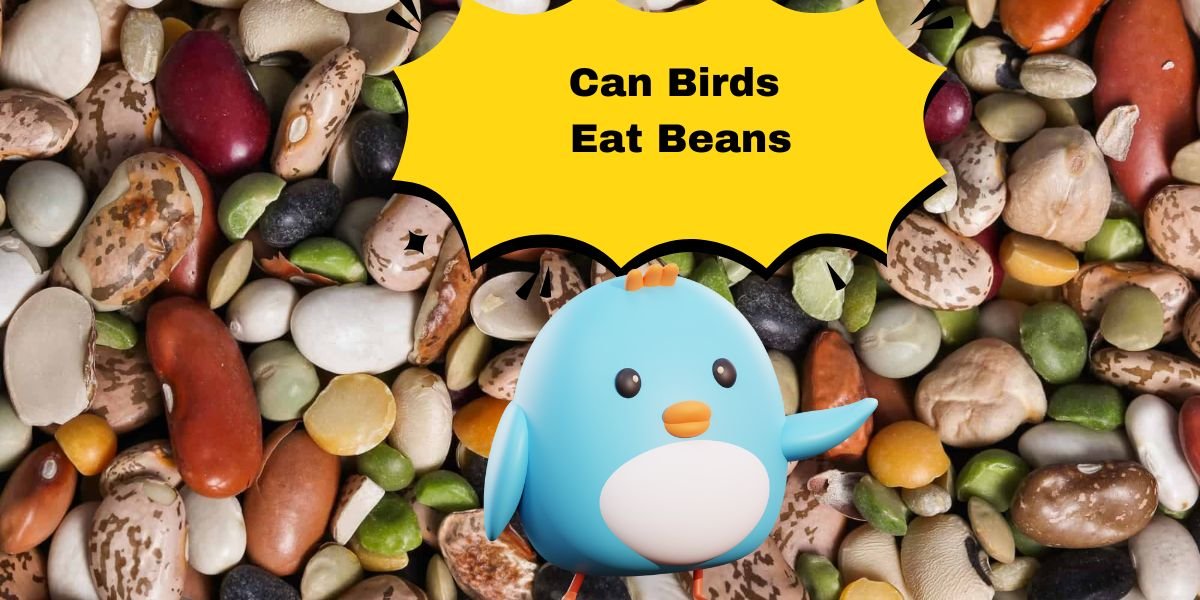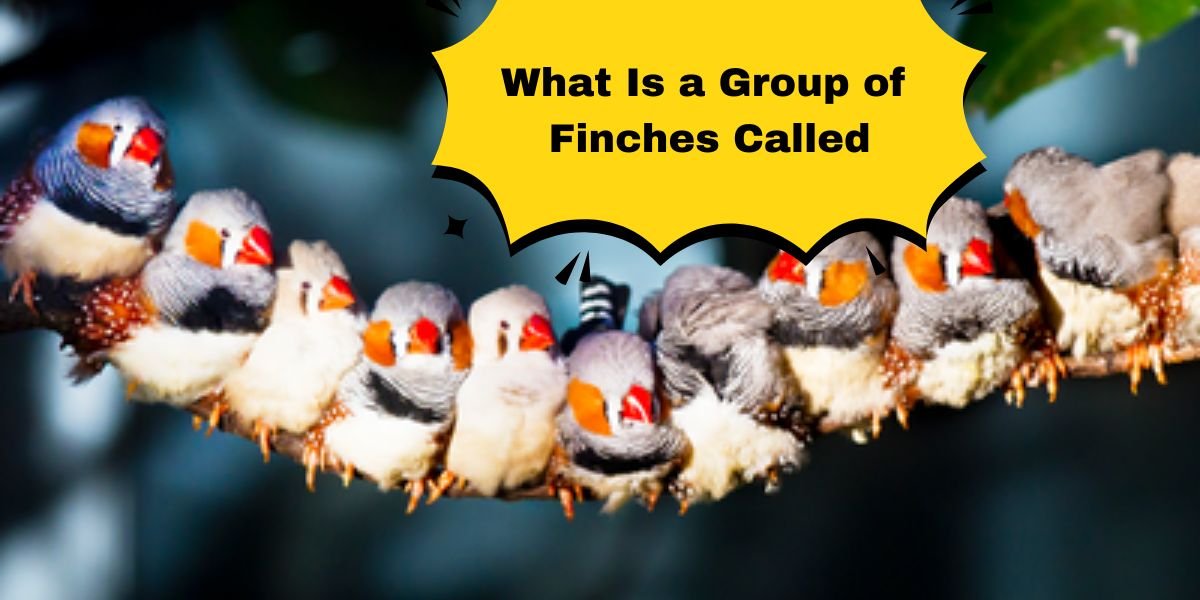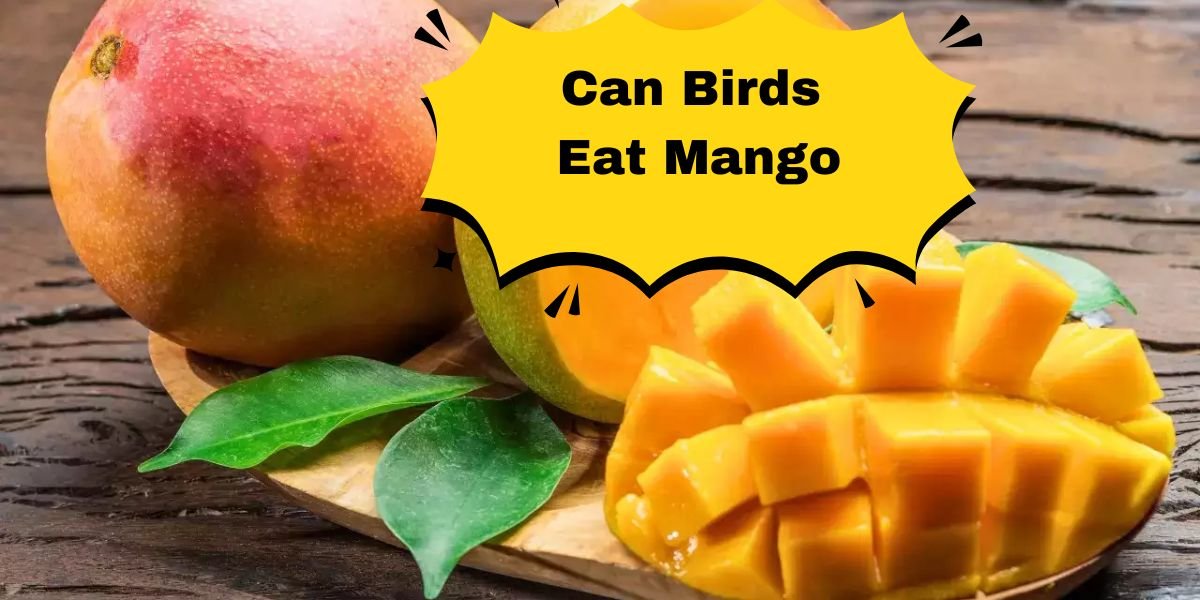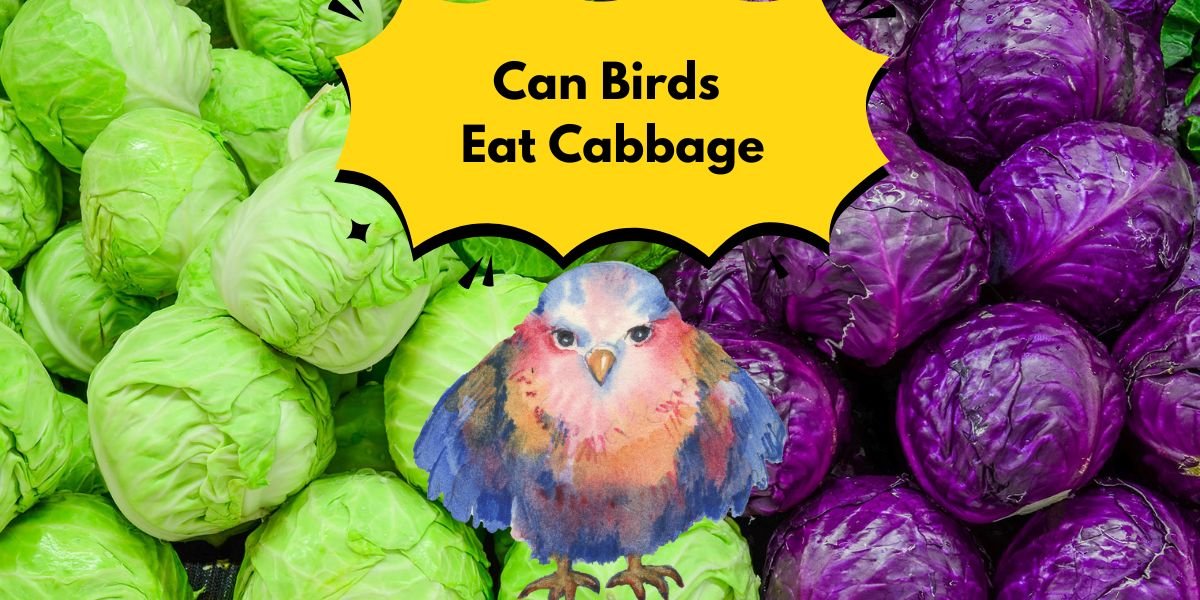Can Birds Eat Beans?
Did you know that many bird enthusiasts often wonder about the dietary preferences of their feathered friends? The question, “Can birds eat beans?” is more significant than it might seem at first glance.
Understanding what foods are safe and nutritious for birds is crucial for their health and well-being. In this guide, we will explore the nutritional aspects of beans, their potential benefits and risks for various bird species, and how to incorporate them into a balanced diet.
Types of Beans Safe for Birds
All beans are suitable for birds but here are some safe options.
- Cooked Black Beans
- Cooked Kidney Beans
- Cooked Navy Beans
- Chickpeas (Garbanzo Beans)
Cooked Black Beans
Cooked black beans are not only a staple in many cuisines but also a powerhouse of nutrition. Rich in protein, fiber, and essential vitamins, they provide a hearty addition to salads, soups, and tacos. Their deep, earthy flavor pairs well with a variety of spices, making them versatile enough to enhance both savory and sweet dishes.
Cooked Kidney Beans
kidney beans hold a fascinating place in culinary traditions around the world. From the hearty dishes of Latin American cuisine to the comforting bowls of Italian minestrone, these beans can absorb flavors beautifully, enhancing the overall dish. They are also packed with antioxidants, which contribute to overall health by reducing inflammation and promoting heart health.
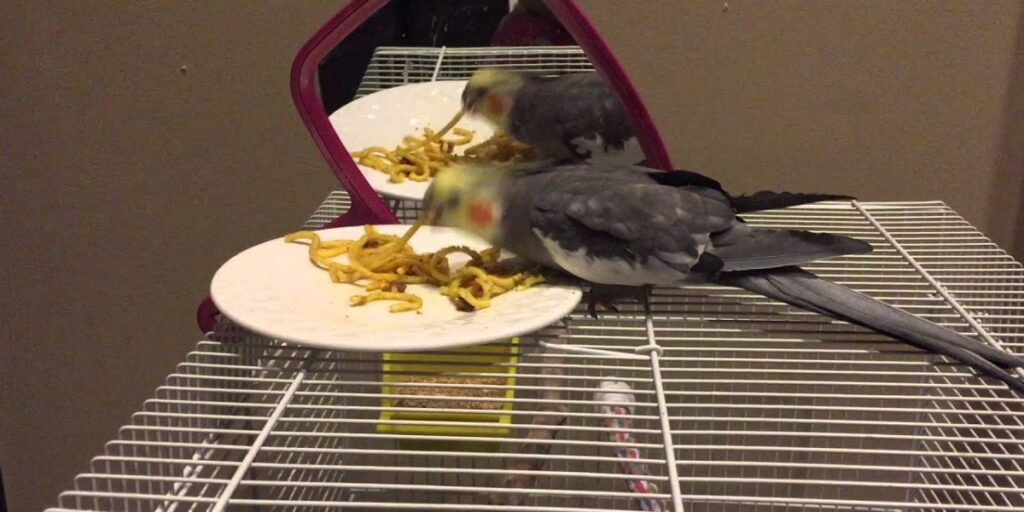
Cooked Navy Beans
Some beans, including cooked navy beans, can be safe for certain bird species, it’s important to ensure they are fully cooked and served in moderation. Uncooked beans contain compounds that can be harmful to birds, so preparation is key. Incorporating navy beans into your pet bird’s diet can provide a healthy source of protein and fiber, promoting overall well-being.
Chickpeas (Garbanzo Beans)
Chickpeas, or garbanzo beans, are not just a staple in many culinary traditions; they are also a powerhouse of nutrition. Packed with protein, fiber, and essential vitamins, these legumes support heart health and aid digestion.
Beyond their health benefits, chickpeas are incredibly versatile in the kitchen. Whether blended into creamy hummus, tossed in salads, or roasted for a crunchy snack, they can elevate any dish while providing a satisfying texture and earthy flavor.
Which Types of Beans Should NOT Be Fed to Birds?
Other varieties like black beans and navy beans, when served raw, may also present challenges. While they are not as toxic as kidney beans, they can be difficult for birds to digest and may lead to gastrointestinal discomfort.
If you’re considering adding beans to your feathered friends’ diet, always opt for cooked varieties that have been thoroughly prepared. This ensures that any potential toxins are neutralized and makes the nutrients more accessible, allowing you to safely explore the benefits of beans in your birds’ meals.
Raw Beans
These toxins are effectively neutralized through proper cooking, making it essential to understand the transformation that occurs when beans are prepared. Exploring the nutritional profile of raw beans reveals high levels of protein, fiber, and essential vitamins, which can be harnessed in various ways once they are adequately processed.
Canned Beans with Additives
Canned beans are a convenient staple in many kitchens, but it’s essential to examine the additives that often accompany them. While the beans themselves are a fantastic source of protein and fiber, preservatives and flavor enhancers can detract from their nutritional value. Many canned varieties contain added sodium, which can lead to health issues if consumed in excess.
Baked Beans
When considering baked beans, one might wonder about their suitability for other creatures, particularly birds. While beans can be nutritious for humans, it’s crucial to note that raw beans contain toxins that can be harmful to birds.
If you’re contemplating sharing your baked beans with feathered friends, ensure they are fully cooked and free from any additives like onions or garlic, which can be toxic to avian species.
Refried Beans
Refried beans, a staple in many Latin American cuisines, offer more than just a delicious side dish; they are a canvas for culinary creativity. Traditionally made from pinto or black beans, they are cooked, mashed, and then refried in lard or oil, resulting in a creamy texture and rich flavor.
Flavored or Seasoned Beans
Flavored or seasoned beans can transform a simple dish into a culinary delight, offering an explosion of taste and texture that enhances their nutritional benefits. When infused with herbs, spices, or even a splash of citrus, beans become a versatile ingredient that can complement a variety of cuisines.
Coffee Beans and Cocoa Beans
Coffee beans and cocoa beans, while both beloved staples in the culinary world, present unique characteristics that set them apart beyond their familiar uses. Coffee beans are the seeds of the Coffea plant, known for their rich aroma and stimulating properties due to caffeine.
Cocoa beans come from the Theobroma cacao tree, celebrated for their ability to produce chocolate, which is often linked to mood enhancement thanks to compounds like theobromine and phenylethylamine.
Which Birds Eat Beans?
Some birds eat beans are given below.
- Pigeons and Doves
- Crows and Ravens
- Sparrows
- Jays (such as Blue Jays and Stellar’s Jays)
- Starlings
- Blackbirds (including Red-winged Blackbirds and Common Grackles)
Pigeons and Doves
pigeons and doves play crucial roles in ecosystems. They act as seed dispersers, promoting plant diversity and contributing to the health of their habitats. Furthermore, their social structures are intricate; for instance, many dove species engage in elaborate courtship displays that involve vocalizations and synchronized movements.
Crows and Ravens
Crows and ravens, often mistaken for one another, belong to the same family of Corvidae but exhibit fascinating differences in behavior and intelligence. While both species are renowned for their problem-solving skills, ravens are known to engage in playful aerial acrobatics, showcasing their dexterity and social nature.
Sparrows
Sparrows exhibit fascinating social behaviors. Often seen in flocks, these birds communicate through a variety of chirps and calls, establishing complex social structures. They are also known for their impressive nesting skills, often utilizing human-made structures for shelter.
Jays (such as Blue Jays and Stellar’s Jays)
Jays, including the vibrant Blue Jays and the striking Stellar’s Jays, are known for their intelligence and adaptability. These birds exhibit a remarkable range of vocalizations, which they use not only to communicate with each other but also to mimic the calls of other species. This ability allows them to establish dominance in their habitats and even to deceive potential threats.
Starlings
Starlings are remarkable birds, known for their iridescent plumage and striking social behavior. One of the most fascinating aspects of starlings is their ability to form massive flocks, known as murmurations. These swirling formations can consist of thousands of individuals, creating breathtaking aerial displays that seem almost choreographed.
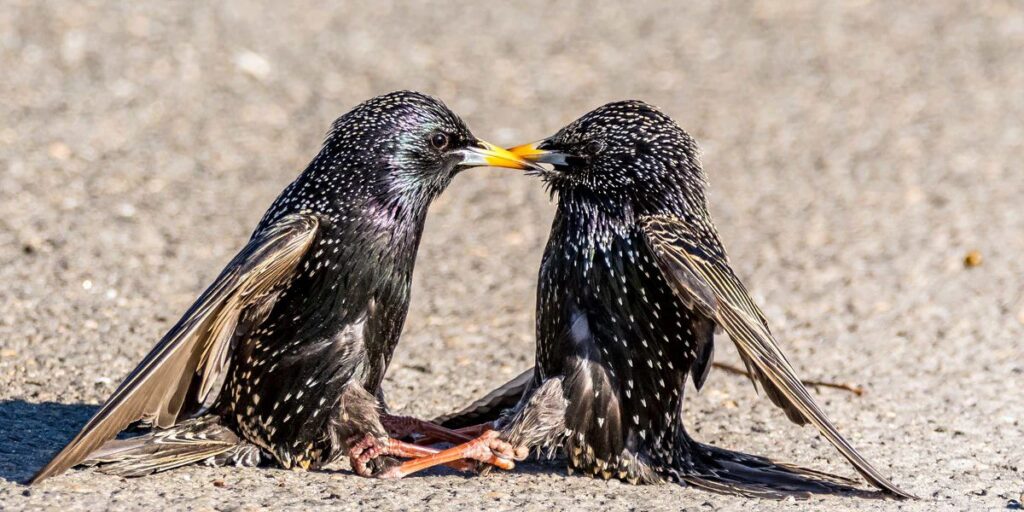
Blackbirds (including Red-winged Blackbirds and Common Grackles)
These birds exhibit remarkable adaptability, thriving in diverse habitats ranging from wetlands to urban parks. Their vibrant plumage and distinctive calls make them not only a joy to observe but also important indicators of ecosystem health.
Serving Beans to Birds
There are some beans that are serving to birds are given below.
- Always Cook Beans
- Avoid Seasonings
- Cool Before Serving
- Offer in Moderation
Always Cook Beans
Cooked beans offer a great source of protein and fiber for birds, contributing to their overall health. While some birds may enjoy nibbling on beans as part of a varied diet, it’s essential to serve them in moderation and avoid any seasoning or additives that could be harmful.
Avoid Seasonings
Focus on providing a variety of cooked, unseasoned beans like black beans, kidney beans, or chickpeas. These legumes are not only rich in protein but also packed with essential vitamins and minerals that support overall health.
Cool Before Serving
Cooling beans before serving not only enhances their palatability but also helps maintain their nutritional integrity. Birds benefit from the vitamins, minerals, and proteins found in beans, making them an excellent source of energy.
Offer in Moderation
When considering the dietary needs of our feathered friends, the phrase “offer in moderation” becomes crucial, especially when it comes to beans. While it’s true that many birds can safely consume beans, it’s essential to recognize that not all beans are created equal.
Raw or dried beans contain toxins that can be harmful to birds, so they should always be cooked thoroughly before serving. This precaution transforms potentially harmful substances into digestible proteins that can contribute to a balanced diet.
Nutritional Benefits of Beans for Birds
There are some nutritional benefits of beans for birds are given below.
- High in Protein
- Fiber
- Vitamins and Minerals
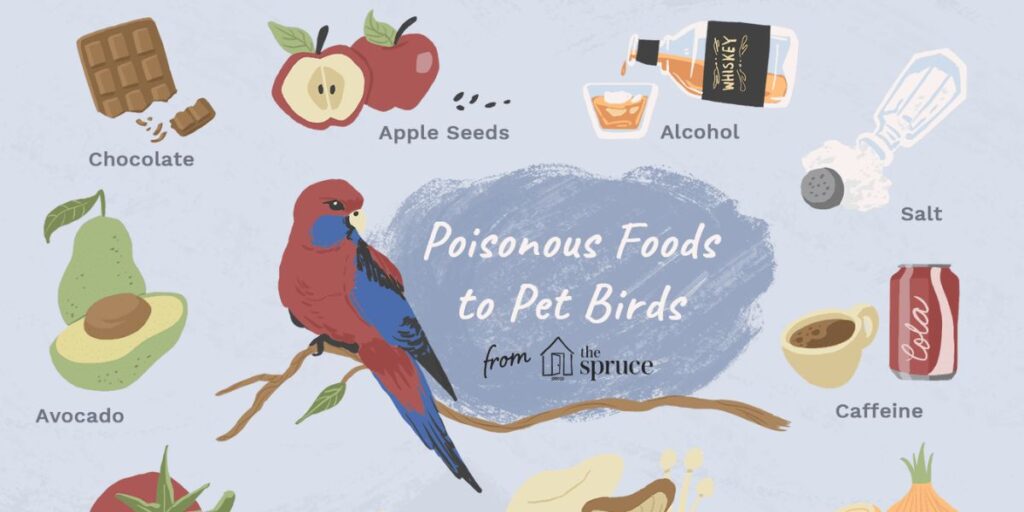
High in Protein
High-protein foods are essential for maintaining muscle mass, supporting metabolic functions, and promoting overall health. Among the myriad of protein sources, legumes like beans stand out not only for their rich nutrient profile but also for their versatility in various diets.
Fiber
Fiber is often hailed as a vital component of a healthy diet, but its significance extends beyond human nutrition. Beans are not only a great source of protein but also packed with fiber, which plays a crucial role in promoting digestive health in avian species.
The soluble fiber found in beans can help regulate blood sugar levels and prevent obesity, making it a beneficial addition to their diet when prepared correctly.
Vitamins and Minerals
Vitamins and minerals play a crucial role in maintaining overall health, not just for humans but for our feathered friends as well. Birds require a balanced diet rich in these essential nutrients to thrive, impacting everything from their plumage to their energy levels.
Final Words
Beans can be a nutritious addition to a bird’s diet, it’s essential to prepare them correctly to avoid potential health risks. Birds should only be fed cooked beans, as raw beans contain harmful toxins that can be detrimental to their well-being.
It’s crucial to introduce beans gradually and monitor for any adverse reactions. Always ensure that beans are just one part of a varied diet rich in fruits, vegetables, and seeds. By taking these precautions, you can safely enjoy the benefits of beans for your feathered friends.

